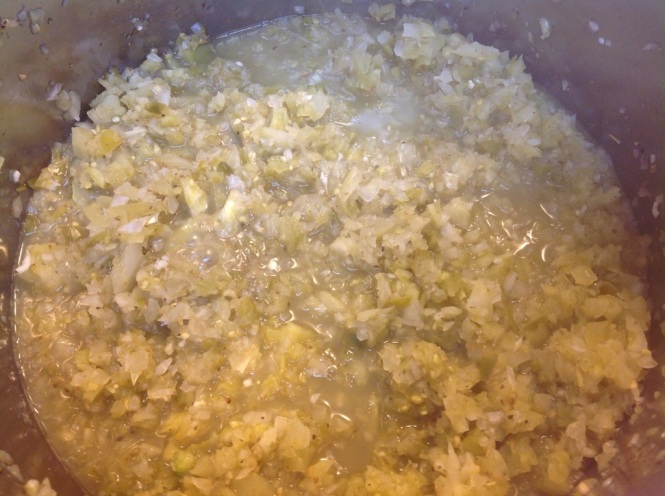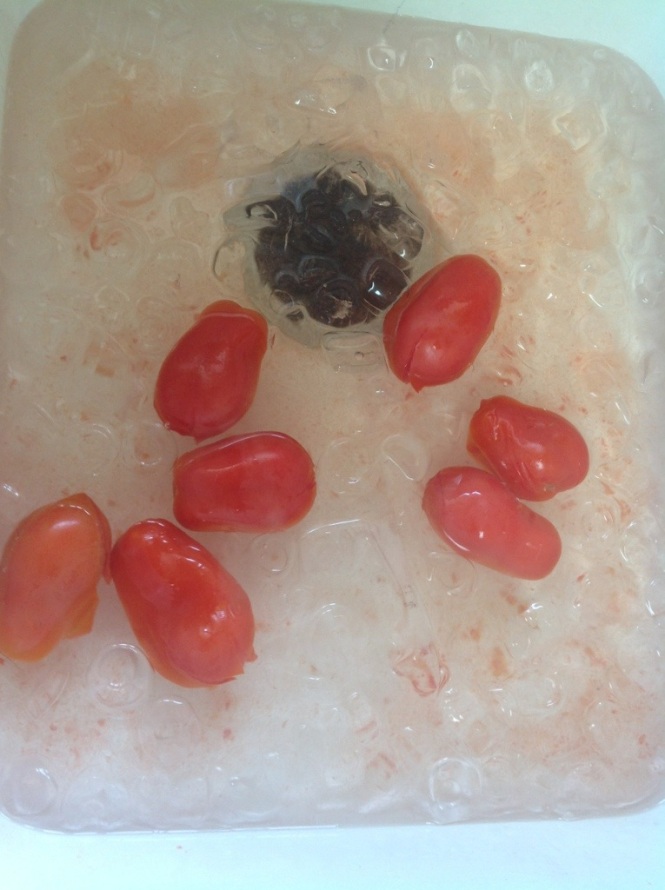Do you have a bunch of cranberries left over from your thanksgiving feast? This cranberry mustard would be a really simple and tasty way to use them up! I bought a few pounds of local cranberries last week at the final outdoor farmers market of the season, and made a bunch of homemade cranberry juice, but I also wanted to try something new with them. As usual, I popped open my Ball Complete Book of Home Preserving and found this cranberry mustard recipe that looked super intriguing. They also have a cranberry ketchup by the way, if you have the book. Look at how gorgeous it is! Ball recommends it on ham, so that’s my first plan for it. I also brought it as a little gift to our hostess for thanksgiving (maybe a good idea for Christmas yes? )
Ingredients:
1 cup red wine vinegar
2/3 cup yellow mustard seeds
1 cup water
1 tbsp Worcestershire sauce
2 3/4 cups cranberries
1/4 cup dry mustard
3/4 cup granulated sugar (or to taste)
2.5 tsp ground allspice

Here’s how I made it:
The first thing you need to do is soak the mustard seeds in the vinegar. Bring the vinegar to a boil, remove from heat, add the mustard seeds, cover and let it sit until all the vinegar is absorbed – about an hour and a half.

Prepare the canner, jars and lids. This yields about 7-8 4 oz jars, or 4 half pints. I ended up with 4 half pints a bit left over.
Dump the vinegar/mustard seed mixture into your food processor (I have this one) and add the water and Worcestershire sauce.

Blend until the seeds are mostly crushed up but still retain a grainy texture. You can adjust the blended-ness to your preference.
Then add the cranberries and blend again.
Scoop the mixture into a pot and bring it to a boil over medium heat, stirring constantly. Reduce the heat and boil gently. Add the ground mustard, sugar, and allspice. If you’d like to do less or no sugar, taste it before adding it and see what you think. I actually thought it tasted great before I added the sugar and allspice. At this point Ball said to boil until the mixture is reduced by a third, but mine was already crazy thick so I boiled for about 5 minutes and called it good.
Fill your hot jars with mustard, leaving a quarter inch headspace. Wipe rims, apply lids and tighten finger tip tight. Place the jars in a boiling water bath canner covered by at least 1-2 inches of water. Process for 10 minutes once the water is boiling.
After the 10 minutes, turn off the heat, remove the canner lid, wait 5 minutes and remove the jars to a hot pad or towel. Cool 12-24 hours, remove bands, wipe, label, and store.
*this post contains affiliate links, please see the “About the Blogger” page for more information




























































